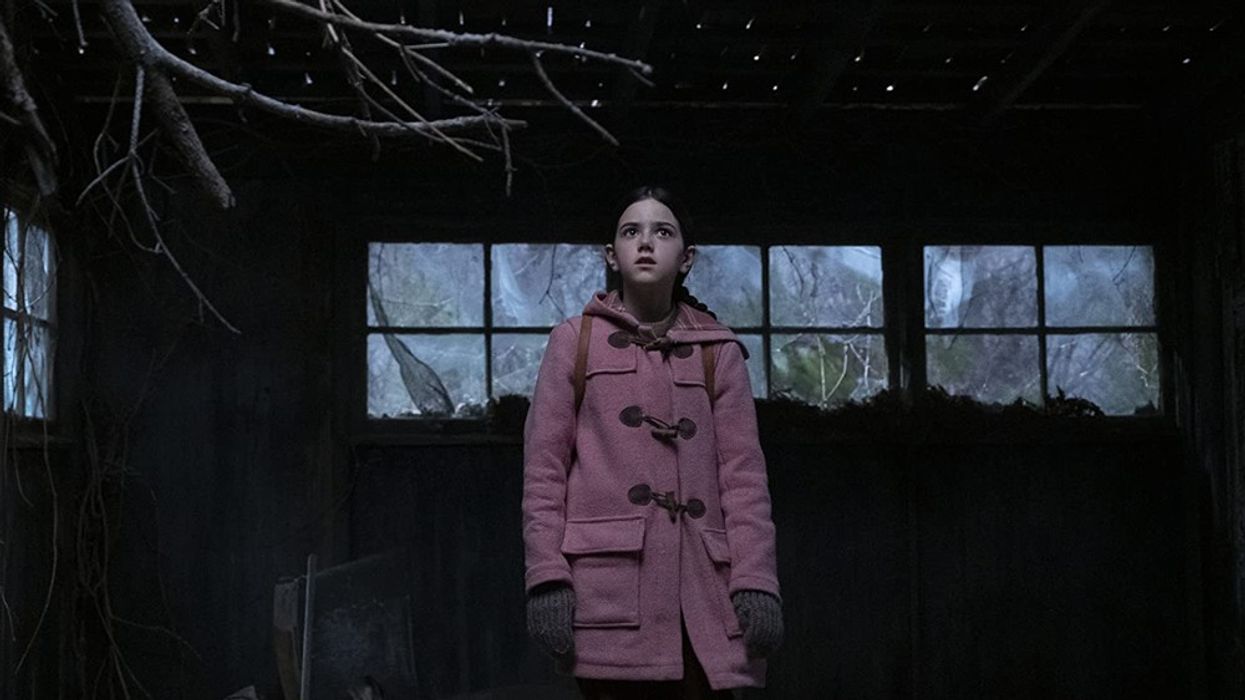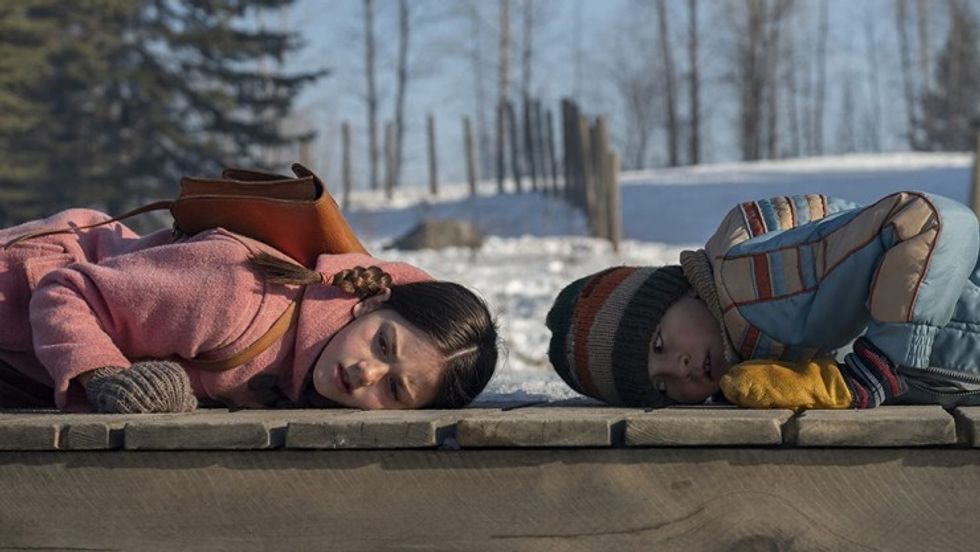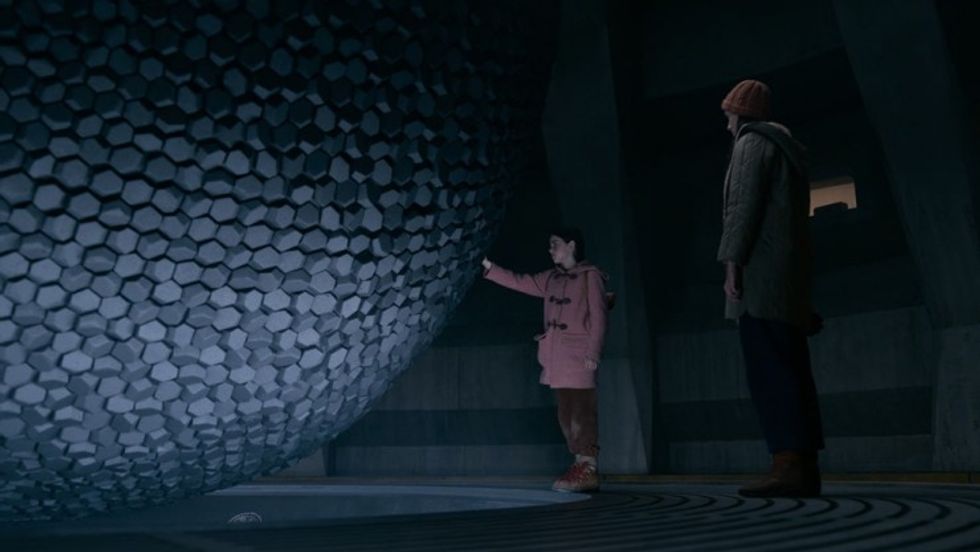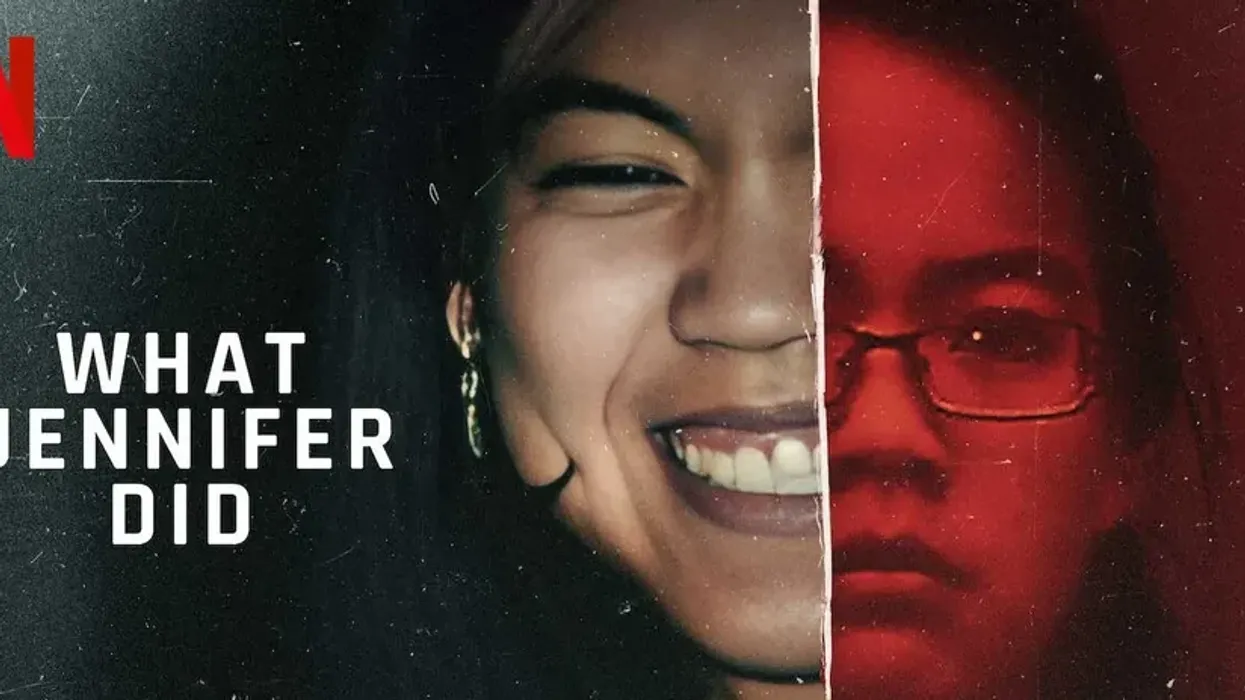How Jeff Cronenweth Threw Away the Rule Book on 'Tales From the Loop'
The cinematographer offers insight into his avant-garde approach for night exteriors.

How do you visualize something science-fiction and make it seemingly blend in as part of everyday rural life? For cinematographer Jeff Cronenweth, that question guided his approach for the Amazon television series Tales from the Loop from creator Nathaniel Halpern.
The long-time David Fincher collaborator lensed his first pilot alongside director Mark Romanek where the supernatural takes center stage. Set in small-town America, a mysterious machine called The Loop is built to “unlock and explore the mysteries of the universe.”
The anthology series, for good reason, lets its visual grammar do the heavy lifting—a style based on the work of Swedish artist Simon Stålenhag, famous for juxtaposing uncommon sci-fi sights in familiar surroundings.
“The visuals took the lead from Simon’s work, but our approach was very hands-off,” says Cronenweth, who received an Emmy nomination for the series. The cinematographer found other inspiration from Scandinavian filmmakers Ingmar Bergman and Andrei Tarkovsky, revisiting their films for camera movement, tempo, and in some ways, the subtlety of the light.
While ultimately it was Stålenhag’s art that steered the style, Cronenweth approached the photography slightly differently. “His artwork can be very bold and saturated at times, and we felt that wouldn’t serve the narrative. We thought if we were too heavy-handed with the visuals, you would lose some of the humanity,” he says. “Nathaniel’s writing is brilliant, and the performances were so good, the sci-fi elements needed to blend with the subtleties of the photography so you can be lured into this false sense of everyday life.”

The pilot follows a young girl played by Abby Ryder Fortson as she tries to uncover what the Loop is and the role her mother plays in it. Nearly every scene has a child actor in it, which comes with its own set of production challenges, including how long they are allowed to be on set. Combined with the weather conditions that dropped to -32° F and night exteriors, Cronenweth had to consider what could be accomplished on any given production day. The answer serendipitously revealed itself during a scouting session.
“We had two elements to contend with. The child labor laws, which are strict and appropriate in Canada, and then the weather conditions. The notion that we could get all the exterior night scenes done was slightly overwhelming,” admits Cronenweth. “In the process, I became overtly aware that twilight lasted exceptionally long that time of year, and there was a good hour of usable light once the sun went down.”

As for the look itself, Cronenweth says the twilight gave them a dark royal blue nighttime that fit within the show. “Our theory was if we were consistent that this is what night is, then the audience would believe it. We ended up doing all the exterior nights this way and it gave a rich, bold but not quite dark quality to the image that came out of necessity.”







![Ethos, Pathos, Logos: 20 Effective Ways to Advertise [Infographic]](https://nofilmschool.com/media-library/ethos-pathos-logos-20-effective-ways-to-advertise-infographic.jpg?id=34064614&width=600&height=600&quality=90&coordinates=560%2C0%2C0%2C0)



